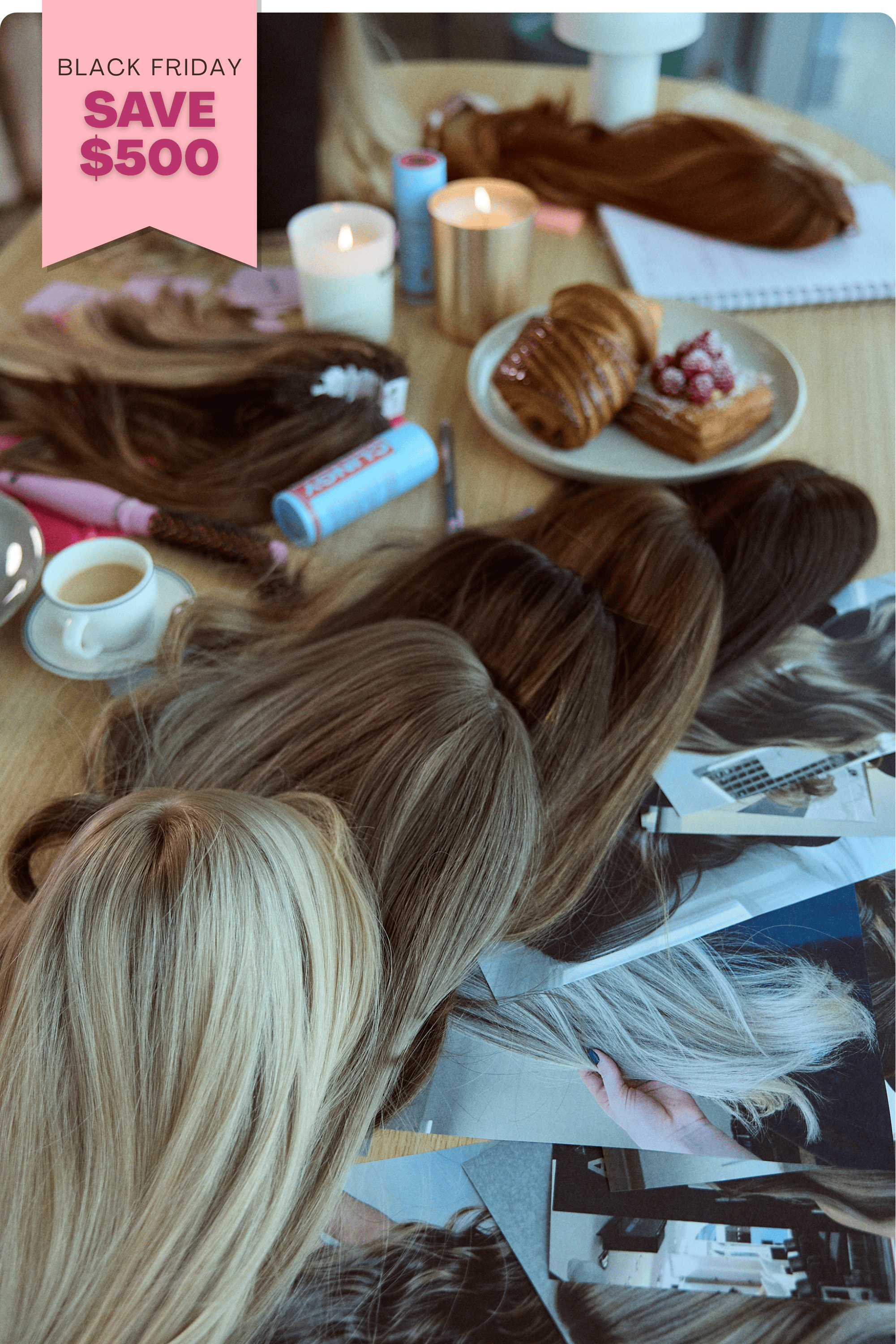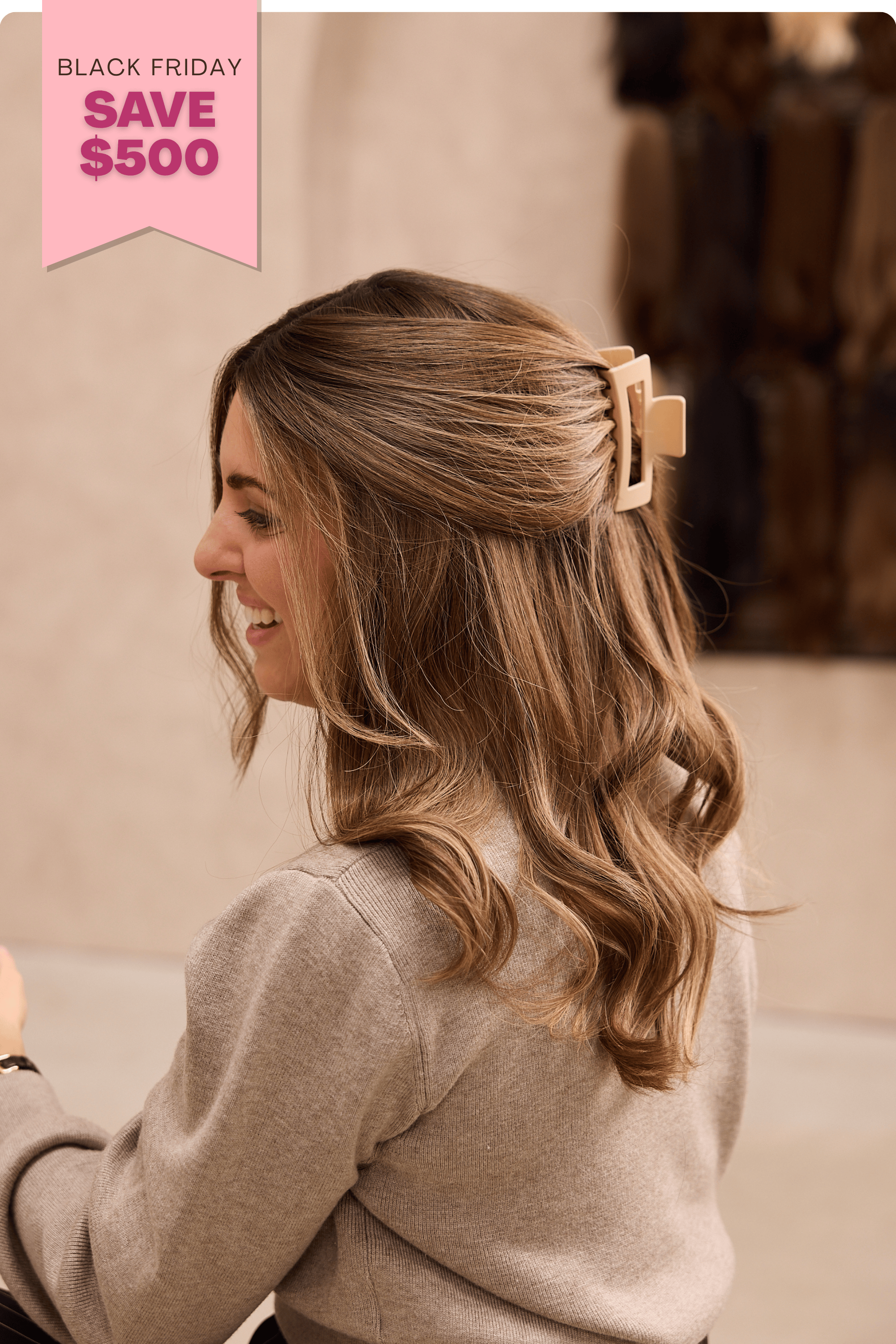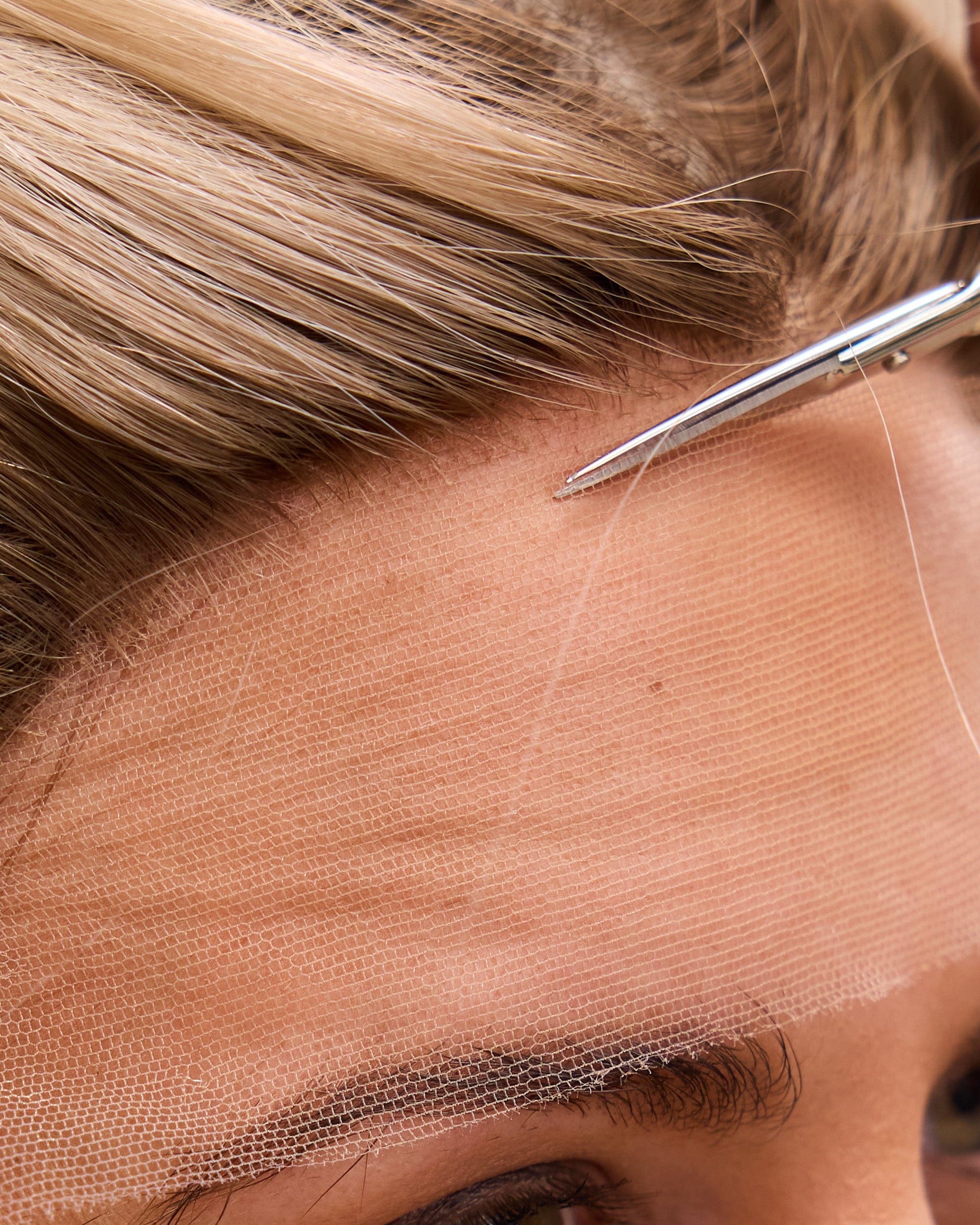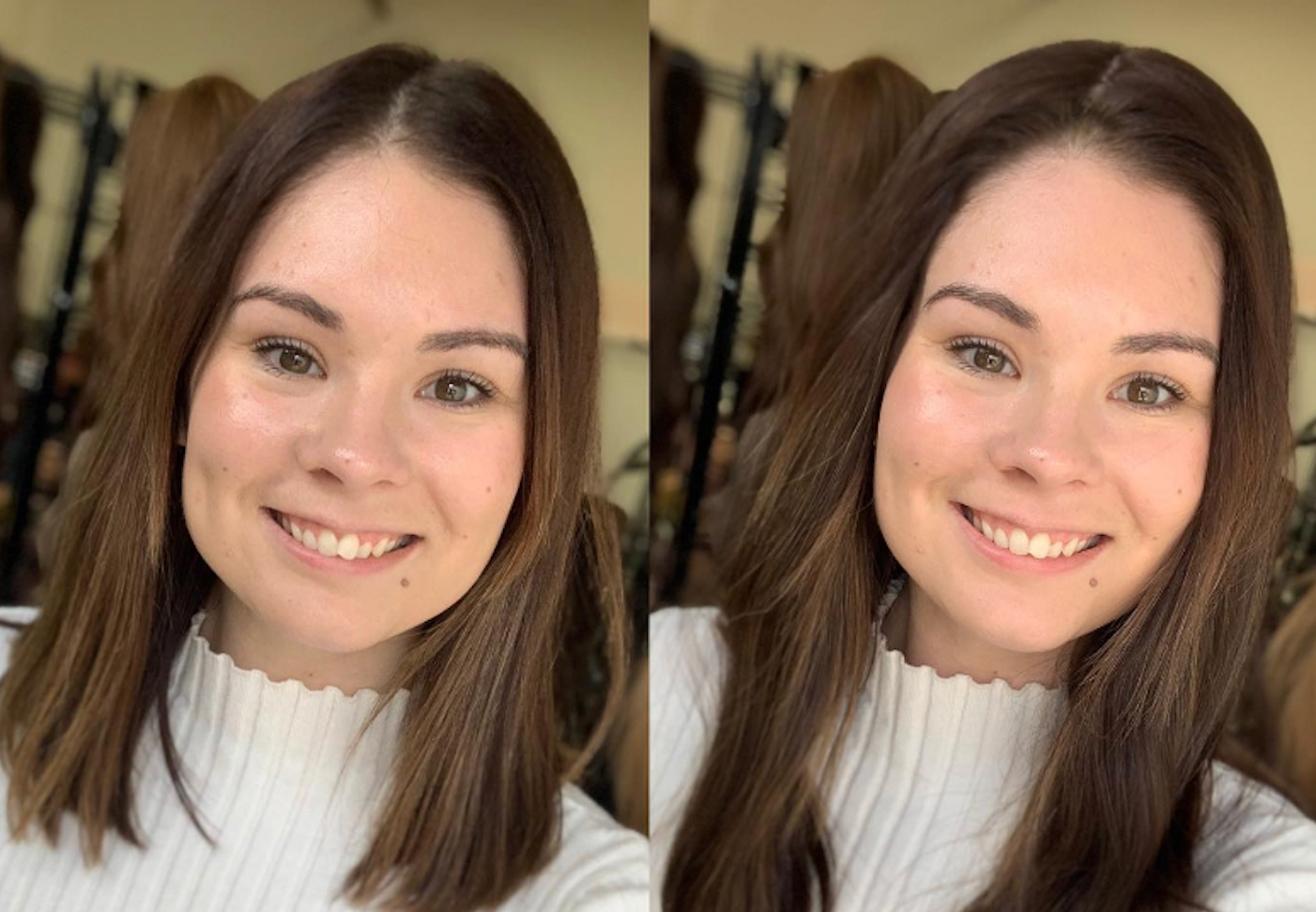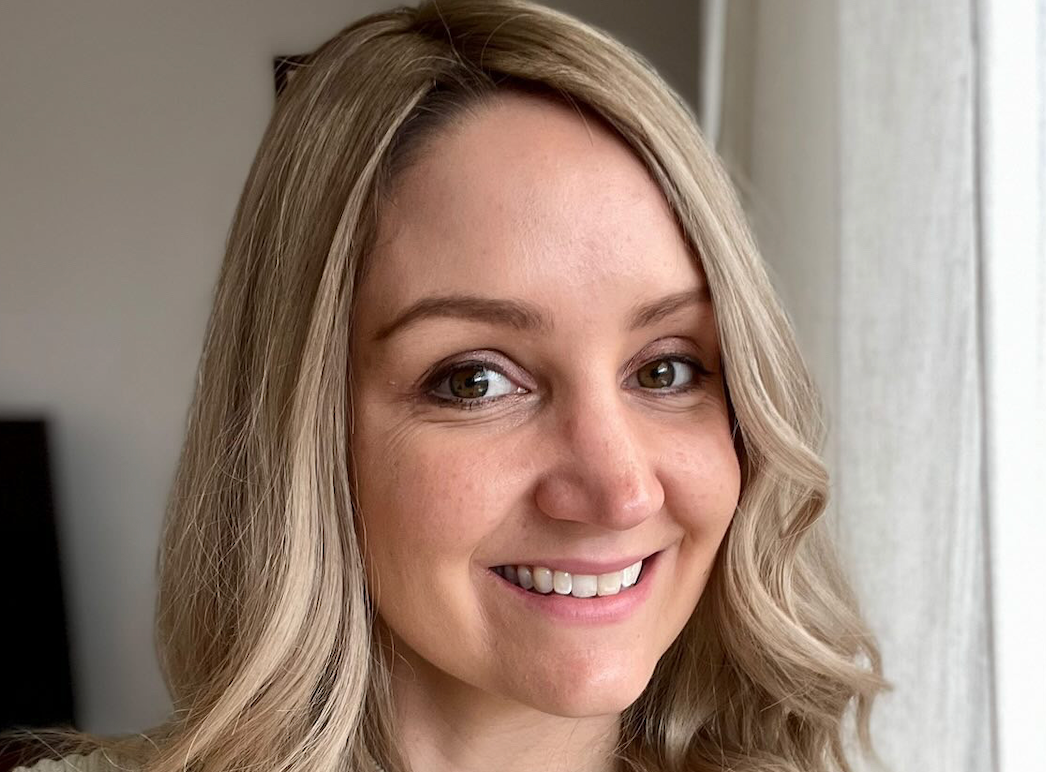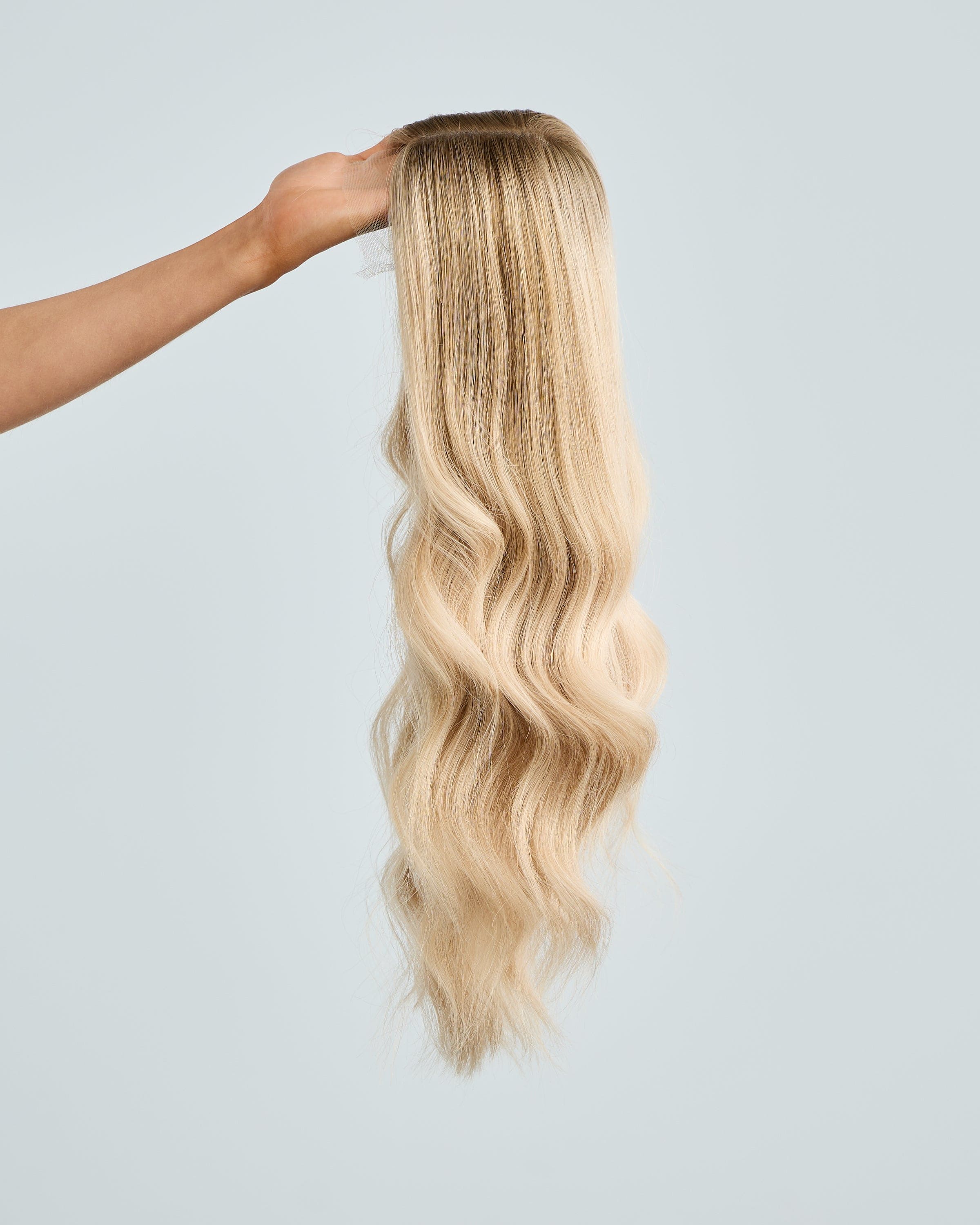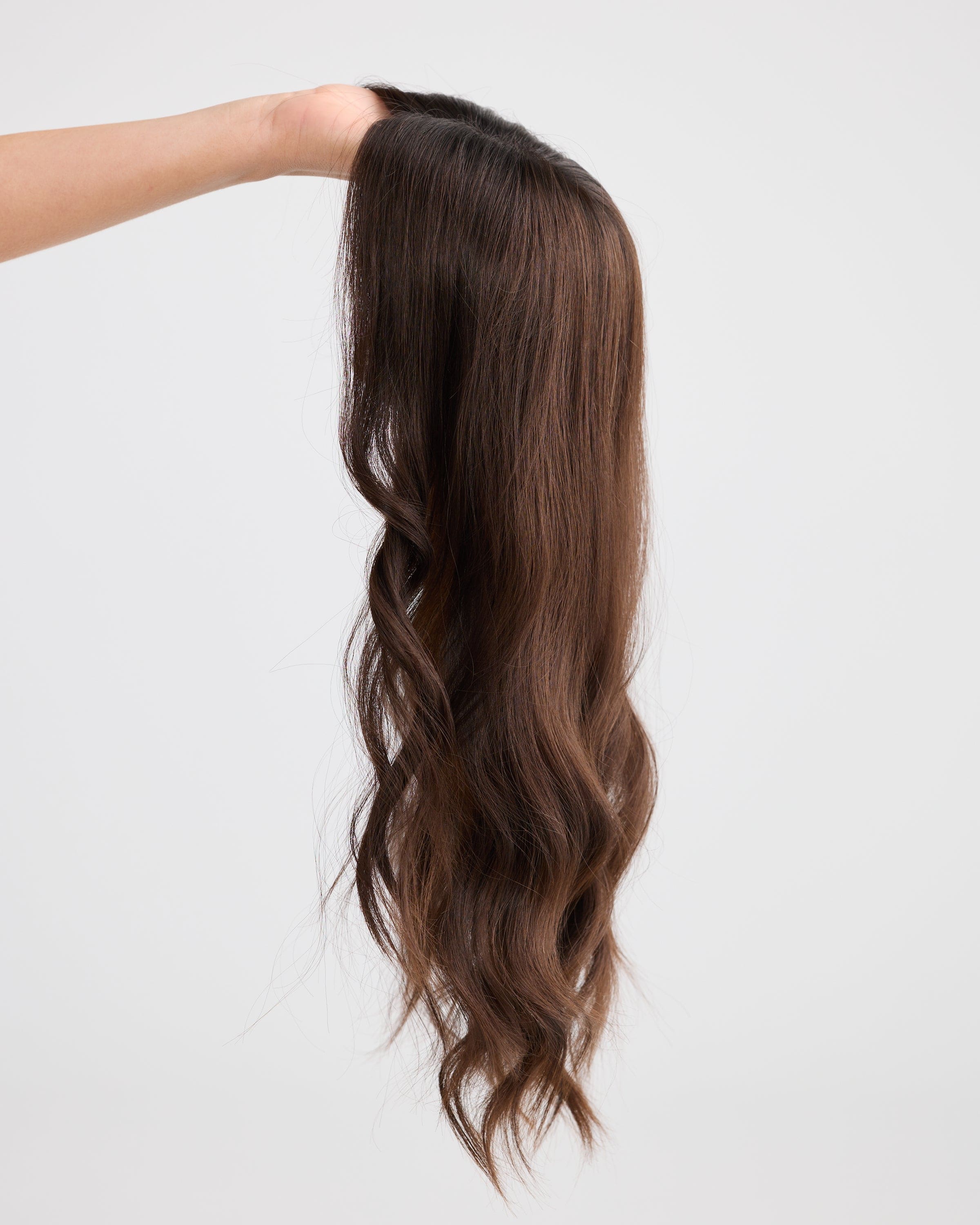Alright, let’s have some real talk. We’ve all been there. You're shampooing your hair and suddenly, you notice a clump swirling down the drain. Panic ensues. “Is this normal? Am I losing too much hair? Am I the only one?” It’s one of those roller coaster moments, isn’t it?
First, breathe. You're not alone in this. Since I was 19 years old this has been my reality. I have Androgenic Alopecia, it's a genetic form of hair thinning. It's been tough, watching as my once thick hair fell out day by day. It was freaking scary. But, over the years I've found ways to cope (more on this later).
Hair loss is a natural part of our hair’s cycle. It's completely natural for us to shed some hair daily. But how do we determine what's normal and what isn't?
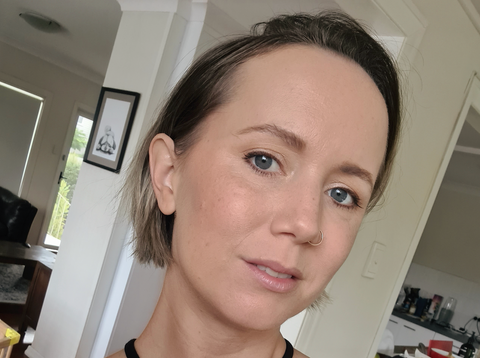
The Hair's Life Cycle
Our hair goes through several phases during its life cycle: growth, rest, and shedding. At any given time, about 90% of your hair is growing, and the remaining 10% is in the resting phase, waiting to be shed. It's like a little hair relay race happening right on top of your head!
1. The Growth Phase (Anagen Phase):
This is the time where your hair is really living its best life. During this phase, which can last anywhere from 2 to 7 years, about 90% of your hair is actively growing. The exact length of this phase largely depends on genetics, age, health, and other factors. So when you're reminiscing about that one summer where your hair seemed to grow overnight, you can bet it was thriving in the Anagen phase.
2. The Resting Phase (Catagen Phase):
Once the growth phase wraps up, your hair enters a brief transitional phase called the Catagen phase. This stage usually lasts about 2-3 weeks. Imagine it as the calm before the next stage. During this period, your hair follicle starts to shrink, and the strand detaches from the blood supply. It's like your hair taking a short nap, preparing for the next step.
3. The Shedding Phase (Telogen Phase):
Now, here’s the phase that might have caused a mini heart attack once or twice. This is the stage where around 10% of your hair is patiently waiting to be replaced by new hair. Hair in the Telogen phase can remain in place for months but can be pushed out faster by a variety of factors, including daily washing and styling or even new hair pushing its way out. So, when you see some strands on your pillow or in your shower, know that it's just a natural part of the process.
The average person loses 50 to 100 strands of hair per day. But before you start counting each strand (yes, I've been there), it's good to remember that we all have thousands of hairs on our heads. Losing 50 to 100 is just a drop in the ocean!
Understanding this cycle is empowering because it reminds us that our hair is dynamic and ever-evolving. So next time you notice a few hairs on your brush or comb, just give a little nod of appreciation to the fascinating life cycle of your hair.
Factors That Influence Hair Loss
There are quite a few factors that can influence hair loss:
-
Seasonal Shedding: Believe it or not, many of us shed more during specific seasons. A bit more hair loss during autumn? Totally normal!
-
Hair Treatments & Styling: Chemical treatments, aggressive brushing, and tight hairstyles can lead to more hair breakage and shedding. So if you’ve recently gone for a bleach or are rockin' that super tight ponytail every day, consider giving your hair some TLC.
-
Hormonal Changes: From pregnancy to menopause, our hormones can play a big role in our hair's life cycle. So, if you’re experiencing a significant life change, your hair might just be reflecting that.
-
Health & Diet: Ever heard the phrase, "You are what you eat?" It applies to your hair too! A balanced diet can support your hair’s health. And sometimes, underlying health issues can influence hair loss. It's always good to check in with a healthcare professional if you’re concerned.
-
Stress: I know, stress seems to be behind everything, right? But it's true. Significant stressors can impact hair loss. So, consider this a gentle reminder to find some zen moments.
Listening To Your Hair
Instead of just monitoring the amount of hair in your brush, pay attention to other signs. Is your part wider than it used to be? Do your ponytails feel thinner? These might be signs that your hair loss is more than just the typical daily shedding.
But here's the thing - it's okay! There are incredible options available that can help you regain that sense of self and confidence. Take it from me, someone who's walked this path and found beauty and empowerment in wearing hair.

Embrace the Change
The hair you’ve got is a part of your story. I can’t express how much I learned from my own hair loss journey. Did I have some tough moments? Absolutely. But through it all, I found my strength, and you will too.
When it comes to wearing hair, it's not about covering up or hiding, it's about celebrating who you are. It's about the joy of trying a new style without committing to a chop, or getting that volume that makes you feel like a million bucks. Whether you're wearing hair due to thinning or you're just experimenting, there's no right or wrong reason.

My hope for you? Embrace the change, listen to your hair, and know that you're not alone. There’s an entire community of us out here, cheering you on.
So, to that woman reading this, perhaps with worry or curiosity in her eyes, remember you're beautiful, your journey is valid, and sometimes, just sometimes, the hair on our heads takes us on the most unexpected and beautiful paths of self-discovery. 💛


